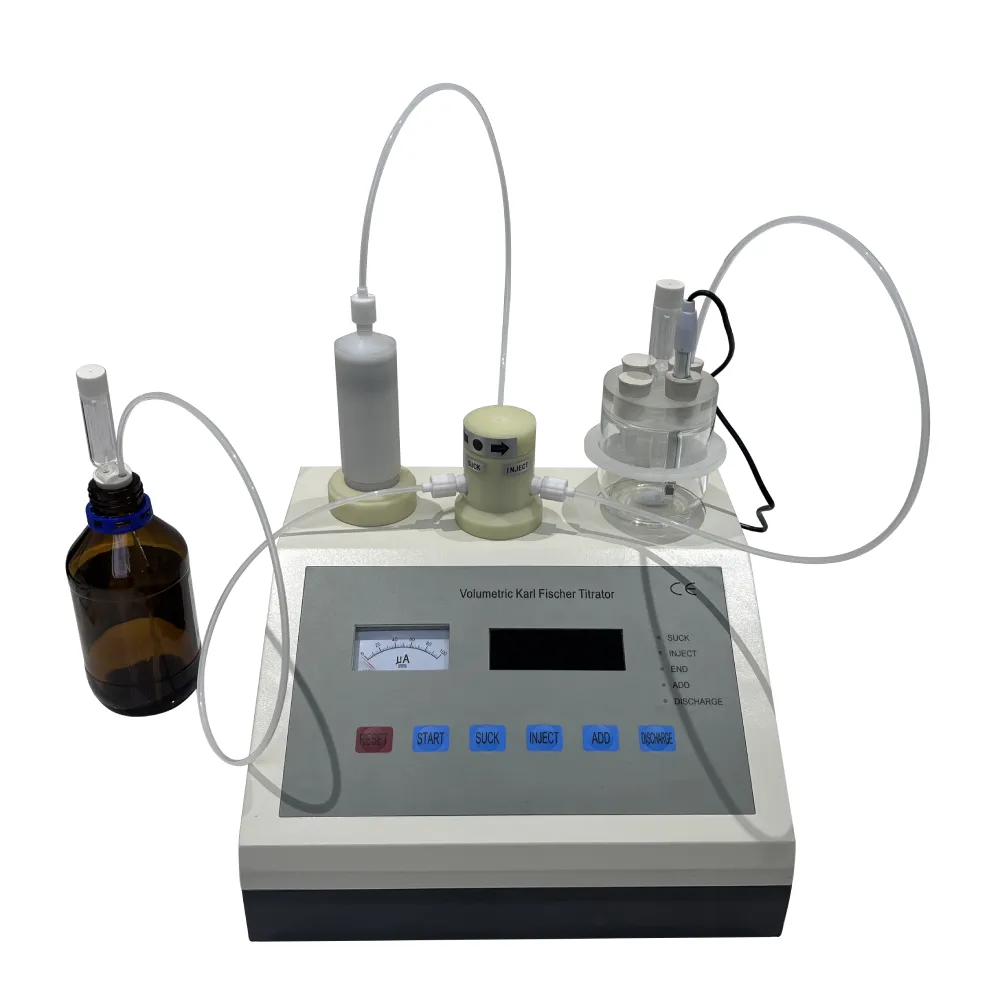 English
English



-
 Afrikaans
Afrikaans -
 Albanian
Albanian -
 Amharic
Amharic -
 Arabic
Arabic -
 Armenian
Armenian -
 Azerbaijani
Azerbaijani -
 Basque
Basque -
 Belarusian
Belarusian -
 Bengali
Bengali -
 Bosnian
Bosnian -
 Bulgarian
Bulgarian -
 Catalan
Catalan -
 Cebuano
Cebuano -
 China
China -
 China (Taiwan)
China (Taiwan) -
 Corsican
Corsican -
 Croatian
Croatian -
 Czech
Czech -
 Danish
Danish -
 Dutch
Dutch -
 English
English -
 Esperanto
Esperanto -
 Estonian
Estonian -
 Finnish
Finnish -
 French
French -
 Frisian
Frisian -
 Galician
Galician -
 Georgian
Georgian -
 German
German -
 Greek
Greek -
 Gujarati
Gujarati -
 Haitian Creole
Haitian Creole -
 hausa
hausa -
 hawaiian
hawaiian -
 Hebrew
Hebrew -
 Hindi
Hindi -
 Miao
Miao -
 Hungarian
Hungarian -
 Icelandic
Icelandic -
 igbo
igbo -
 Indonesian
Indonesian -
 irish
irish -
 Italian
Italian -
 Japanese
Japanese -
 Javanese
Javanese -
 Kannada
Kannada -
 kazakh
kazakh -
 Khmer
Khmer -
 Rwandese
Rwandese -
 Korean
Korean -
 Kurdish
Kurdish -
 Kyrgyz
Kyrgyz -
 Lao
Lao -
 Latin
Latin -
 Latvian
Latvian -
 Lithuanian
Lithuanian -
 Luxembourgish
Luxembourgish -
 Macedonian
Macedonian -
 Malgashi
Malgashi -
 Malay
Malay -
 Malayalam
Malayalam -
 Maltese
Maltese -
 Maori
Maori -
 Marathi
Marathi -
 Mongolian
Mongolian -
 Myanmar
Myanmar -
 Nepali
Nepali -
 Norwegian
Norwegian -
 Norwegian
Norwegian -
 Occitan
Occitan -
 Pashto
Pashto -
 Persian
Persian -
 Polish
Polish -
 Portuguese
Portuguese -
 Punjabi
Punjabi -
 Romanian
Romanian -
 Russian
Russian -
 Samoan
Samoan -
 Scottish Gaelic
Scottish Gaelic -
 Serbian
Serbian -
 Sesotho
Sesotho -
 Shona
Shona -
 Sindhi
Sindhi -
 Sinhala
Sinhala -
 Slovak
Slovak -
 Slovenian
Slovenian -
 Somali
Somali -
 Spanish
Spanish -
 Sundanese
Sundanese -
 Swahili
Swahili -
 Swedish
Swedish -
 Tagalog
Tagalog -
 Tajik
Tajik -
 Tamil
Tamil -
 Tatar
Tatar -
 Telugu
Telugu -
 Thai
Thai -
 Turkish
Turkish -
 Turkmen
Turkmen -
 Ukrainian
Ukrainian -
 Urdu
Urdu -
 Uighur
Uighur -
 Uzbek
Uzbek -
 Vietnamese
Vietnamese -
 Welsh
Welsh -
 Bantu
Bantu -
 Yiddish
Yiddish -
 Yoruba
Yoruba -
 Zulu
Zulu
Oil Furnace Smoke Testing Equipment for Emission Control and Performance Evaluation
Understanding Oil Furnace Smoke Testers A Comprehensive Overview
As energy costs continue to rise, many homeowners are looking for ways to enhance the efficiency of their heating systems. One of the critical components in maintaining an efficient oil furnace is ensuring that it is functioning correctly and not emitting harmful gases or excessive smoke. This is where oil furnace smoke testers play an essential role.
What is an Oil Furnace Smoke Tester?
An oil furnace smoke tester is a specialized device used to measure the amount of smoke produced by an oil-fired furnace during operation. The primary aim of the smoke tester is to assess the combustion quality of the furnace, ensuring that it operates smoothly and safely. A properly functioning furnace should produce minimal smoke, indicating efficient combustion of fuel. Conversely, excessive smoke can signal incomplete combustion, which can lead to increased emissions of pollutants and higher heating costs.
Why is Testing Important?
The importance of regular smoke testing cannot be overstated. An oil furnace that produces too much smoke may be a sign of a range of issues, including improper burner adjustments, clogged filters, or sediment buildup in the fuel lines. Such problems can not only decrease the efficiency of the system but also pose health and safety risks. Incomplete combustion can lead to the production of carbon monoxide, a colorless and odorless gas that can be fatal at high exposure levels.
Furthermore, regulatory bodies impose emissions standards to safeguard air quality. Oil furnaces that exceed smoke emission limits may face fines or require costly retrofitting to comply with regulations. Regular smoke testing assists homeowners in staying within legal boundaries while ensuring a safer indoor environment.
How Does a Smoke Tester Work?
oil furnace smoke tester

Oil furnace smoke testers generally operate by drawing a sample of the smoke produced during the furnace's operation and analyzing it for particulate matter. The tester typically consists of a sampling probe, a filtration system, and a measurement device that displays the smoke density. The results can be depicted in various units, often measuring smoke on a scale from 0 to 100, with lower numbers indicating cleaner combustion.
In practice, a technician will conduct the test by first preparing the furnace, ensuring it is operating under normal conditions. Then, they will insert the probe into the flue or chimney to capture the smoke. After a brief measurement period, the technician will analyze the results and identify any necessary adjustments or repairs needed to optimize the furnace's performance.
Best Practices for Maintaining an Oil Furnace
To maintain a healthy oil furnace and prevent excessive smoke production, homeowners should adopt a proactive approach. Regular maintenance, including annual inspections by a qualified technician, will keep the system running optimally. It is also important to replace filters, clean the fuel lines, and check for blockages in the flue system.
Homeowners should be aware of the signs of a malfunctioning furnace, such as unusual odors, frequent cycling on and off, or a noticeable increase in heating bills. Addressing these issues early on can help avoid costly repairs and ensure safety.
Conclusion
In summary, oil furnace smoke testers are invaluable tools for ensuring efficient and safe operation of oil-fired heating systems. Regular testing helps homeowners maintain compliance with emissions regulations and safeguard their health. By investing time and resources into maintaining their oil furnaces, homeowners can enjoy optimal performance, reduced energy costs, and a cleaner environment—keeping their homes warm and their air safe to breathe.
-
Testing Equipment Industry Sees Major Advancements in 2025: Smart & Precision Technologies Lead the WayNewsJun.06,2025
-
Applications of Direct Current Generators in Renewable Energy SystemsNewsJun.05,2025
-
Hipot Tester Calibration and Accuracy GuidelinesNewsJun.05,2025
-
Digital Circuit Breaker Analyzer Features and BenefitsNewsJun.05,2025
-
Benefits of Real-Time Power Quality Monitoring Devices for Industrial EfficiencyNewsJun.05,2025
-
Earth Fault Loop Testing in High-Rise Building Electrical SystemsNewsJun.05,2025



